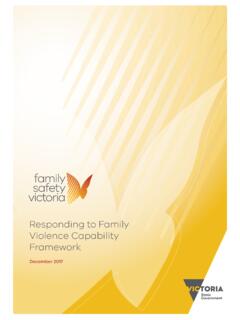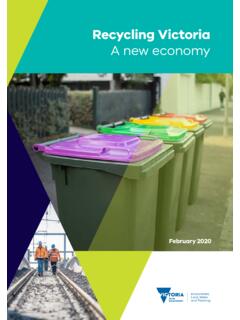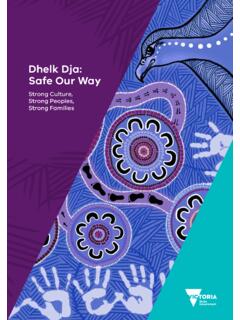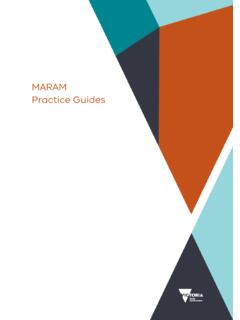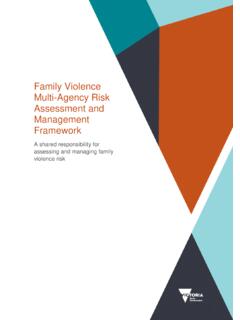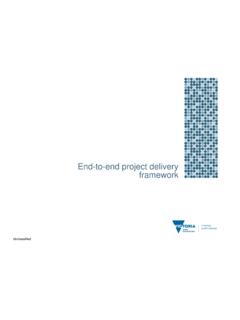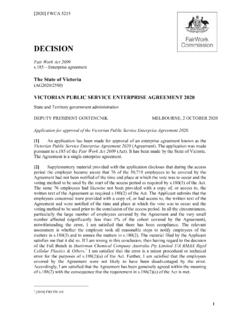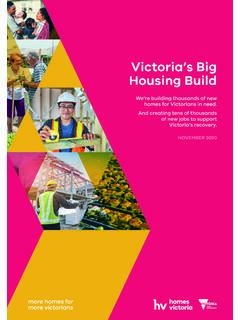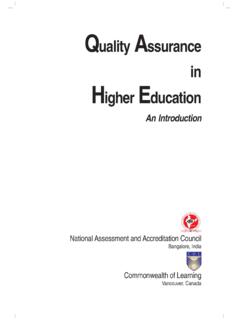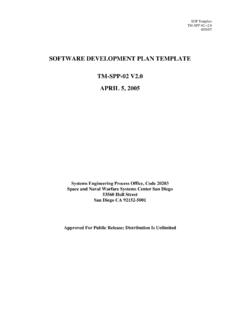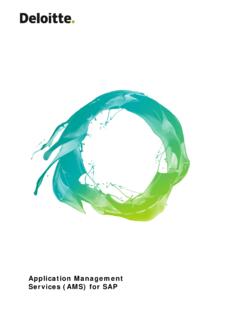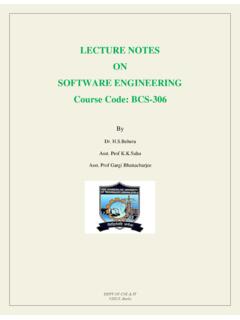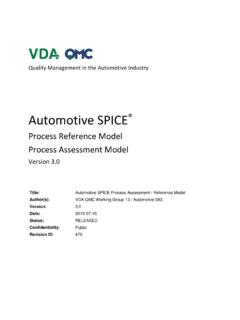Transcription of Selecting a project management methodology
1 Selecting a project management methodology Guideline This guideline provides advice for Selecting and tailoring a project management methodology . Keywords: project management , PMM, methodology , PRINCE2, PMBoK, governance, waterfall, Agile, PMO. Identifier: PM GUIDE 01 Version no.: Status: Final Issue date: 1 July 2013 Date of effect: 1 July 2013 Next review date: 1 July 2015 Authority: Victorian Government CIO Council Issuer: Victorian Government Chief Technology Advocate Except for any logos, emblems, trademarks and contents attributed to other parties, the policies, standards and guidelines of the Victorian Government CIO Council are licensed under the Creative Commons Attribution Australia License. To view a copy of this license, visit Overview This document provides guidance to Victorian Government departments and agencies establishing or reviewing their project management methodology (PMM).
2 The guideline has been developed for Victorian Government departments and agencies, and can be used by any interested agency. The guideline is specifically targeted at managers and officers involved in the governance and delivery of projects and programs. This includes: Senior managers acting as project sponsors and / or sitting on project boards or steering committees; Senior managers with line responsibility for project managers, project officers and project or program management offices (PMOs); and project managers, project officers and staff in PMOs. Rationale The goal of any methodology is to achieve greater efficiency and effectiveness through consistent use of repeatable processes. Some of the expected benefits from a project management methodology are: Improved governance and decision making, resulting in better selection of projects, and earlier identification of failure and therefore earlier project closure; Improved project delivery processes leading to increased chance of success; Increased time spent on delivery of project outcomes rather than reinventing the wheel ; Elimination of choices where none are required; Consistent reporting and analysis, and consistent understanding of what is to be done; and Reduced risk and controlled change.
3 A project management methodology should be a balance between ease of use and sufficient discipline to ensure desired outcomes are achieved. Principles There are many definitions of a project , but they generally agree that each project delivers organisational change, such as a new product or service. A project management methodology identifies the common processes, deliverables and activities required for all projects, independent of their unique outputs. A PMM should be: easy to use and understand, and teach. able to provide early warning of problems. 2 scalable. Complex risky projects that impact many stakeholders will require more oversight than those with one or two deliverables for a single business unit. Many organisations implement a sizing tool, and maintain separate documentation and governance requirements for projects of different complexity.
4 If you are considering the use of a sizing tool you should take into account risk and complexity, not just cost or timeframes, and the effort required to maintain and use the tool and the associated sets of templates. An alternative approach is to treat each project as unique, and have a kick-off meeting that agrees what governance and documentation is required. This approach requires a single set of templates, but requires effort to tailor them for each project . Both approaches require an independent assessment by someone with experience and perspective, to ensure that the correct level of governance is applied. customisable. A PMM should be aligned with other organisation processes, such as planning and budget cycles, risk management frameworks, procurement processes, and so on. Capital funded projects may need to be aligned with Victorian government processes such as High Value High Risk (HV/HR) and Gateway, and may have additional reporting requirements.
5 Measureable. Like a project , a PMM should have a business case, with key performance indicators, and be tracked against it. Typical project metrics include time, cost, quality (defects counts), exceptions and changes, earned value, project cancellation rates. methodology metrics might also include measures of compliance rates, certification and training rates, project manager satisfaction with tools and training provided, and measures of organisational maturity . Metrics should be attributable, easy to understand, and easy to derive from a trusted source. Metric trends are often more important that absolute values. improvable. Lessons learned from past projects should be used to improve tools and templates within the methodology . resourced. Consider the availability of training and support during development and implementation, both external and internal to the organisation.
6 Components A PMM identifies the typical project lifecycles for the organisation, the resources and skills required, and provides tools to support delivery. Typical components include: a framework, or a set of key principles that define the philosophy behind the PMM; a definition of the steps to be followed, the minimum set of expected deliverables, the key decision points, and the information required at those decision points; defined roles and responsibilities for project direction, project management , project delivery and project assurance and support, which should include escalation processes and thresholds; a minimum set of defined processes, procedures or work instructions, covering initial approval and funding, benefits management , planning and scheduling, risk and issue management , change management , reporting and escalation, and closing a project ; a core set of templates for commonly used documents; access to case studies and lessons learned from previous projects.
7 Training materials such as induction kits, workshop training material and on line self training courses; and a definition of the minimum training and certification requirements for board members, project managers and team members, job descriptions or terms of reference that describe the key 3 duties and behaviours, and processes and resources for getting training and acquiring certification. Implementation Implementing a PMM is significant organisational change, so it should be managed as a change project or program. Develop a business case and success measures. Identify the requirements. Build or acquire the methodology components. Conduct training and communication. Transition to the new methodology . Review outcomes against the business case and identify opportunities for improvement Introducing a PMM requires executive sponsorship, adequate resourcing, clear communication and management of expectations.
8 A staged approach is likely to be better than big bang. Care should be taken to minimise the amount of customisation required to achieve the desired business benefits. The business case for implementing a PMM should also take account of the effort, and therefore the resources, required for ongoing support and management , including: owning the methodology and having primary responsibility for intended business outcomes; providing ongoing training and support in the methodology and tools for as project teams, project boards and sponsors come and go; providing quality assurance of project deliverables and board papers, and compliance assessments of projects against the methodology ; providing consolidated project reporting and support for decision making to boards and senior management ; providing specialist skills to project teams, such as project planning and scheduling, risk management , and workshop facilitation.
9 Managing lessons learned and ensuring they are applied by new projects and used to continuously improve the methodology and tools; keeping up to date with best practice and ensuring the methodology and tools provide best practice support for project practitioners; and monitoring and reporting the actual benefits delivered by the PMM and making recommendations for changes. These services are typically provided by a portfolio, program or project management office (PMO). 4 Some commonly used methodologies Most methodologies will have most of the components identified, and most support customisation. Identifying business requirements, customising and adequately resourcing a selected methodology is probably more important than which approach is selected. PMBoK The project management Body of Knowledge (PMBoK ) was developed by the project management Institute.
10 It is internationally recognised, and is used extensively in the US and the financial sector. It comprises a core set of processes, and bodies of knowledge, with a useful set of tools and techniques, and suggests that their implementation is context sensitive. Strictly speaking PMBoK is not a methodology - PMI call it a standard. It is useful for project practitioners, but it does not provide a clear framework for consistency and governance. Training and certification in PMBoK is widely available in Australia. PRINCE2 PRINCE2 was developed by the United Kingdom government, and is extensively used in the UK, Europe and Australia. It can be applied to projects of all scale, type, organisation or culture. PRINCE2 comprises principles (guiding obligations and good practices), themes that explain specific treatment for project disciplines and why they are necessary, and step by step processes through the project lifecycle.
